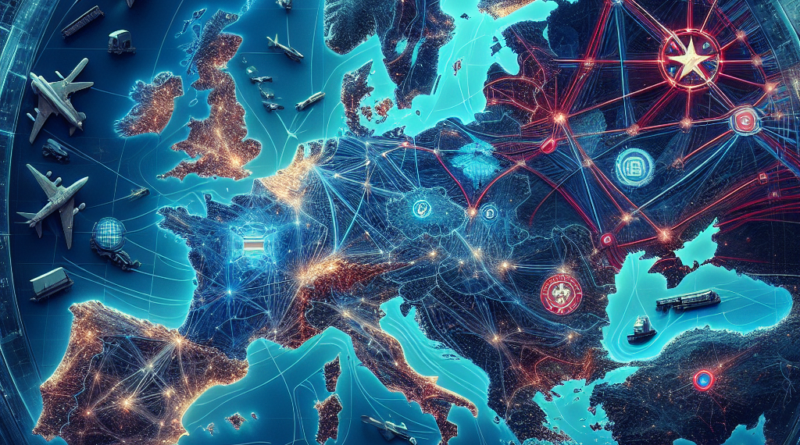In the EU’s Dreambook: A New Civil and Military Transport Network Emerges
“`html
Envisioning a Bright Future Through European Initiatives
Ultimately, it takes very little to daydream about a wonderful future: simply dive into the documents produced by the European Commission.
Forget the legendary Five-Year Plans of the USSR! The European initiative, which aims for a comprehensive enhancement of the railway infrastructure across the continent, is immensely more ambitious, setting the stage for the next 25 years, stretching all the way to 2050!
Key Timelines and Goals
The program is clear: the “core network,” which includes crucial connections between major cities and capitals, is expected to be completed by 2030.
Following this, the “extended network” must be finalized by 2040.
Finally, the “global network,” linking all EU regions to the core network, should be finished by 2050.
This presents a colossal business opportunity for various industries—from construction to mechanical engineering—focusing on improving infrastructure to enhance travel speeds.
By 2040, the entire “extended network” will need to support speeds of at least 160 km/h.
Furthermore, existing safety infrastructures must be upgraded to incorporate the ERTMS (European Rail Traffic Management System), phasing out national systems.
Additionally, multimodal transfer points will have to be established, connecting with airports and ensuring urban links to promote “zero and low emission mobility.”
An Ongoing Journey Since 1993
Today, much like in the past, meticulous planning has been underway since 1993 to ensure “Growth, Competitiveness, and Employment” for Europe—an almost prophetic path to follow! Back then, the visionary leader was Jacques Delors, who served as President of the European Commission for a decade, a milestone that the current President Ursula Von der Leyen aspires to achieve during her second term.
Delors published a White Paper highlighting the roots of Europe’s crisis that had persisted for 25 years, long before the severe energy crisis of 1973, noting increasing unemployment alongside a stagnant economic product.
Continuing with TEN-T Objectives
Since 1993—thirty years ago—five objectives were clearly outlined concerning the development of transportation infrastructures, referred to as TEN-T (Trans European Network- Transport).
These objectives, relevant even today yet largely unfulfilled, included:
- Simplifying the regulatory and fiscal framework;
- Facilitating business operations through initiatives to ensure heightened competition and access to private funding;
- Supporting the growth of small and medium enterprises, the backbone of the European economy, through cooperation and network building;
- Launching the plan to develop trans-European networks;
- Promoting sustainable economic growth in both monetary stability and environmental aspects.
Military Mobility and Infrastructure Developments
This time, the initiative focuses on enhancing railway networks to cater to Military Mobility needs that emerged following the “unprovoked invasion of Ukraine by Russia,” leading to the creation of a dual-use infrastructure for both civilian and military purposes.
It’s essential to enable quick, large-scale movement of personnel and equipment within and beyond the EU… potentially even to Moscow!
“`

